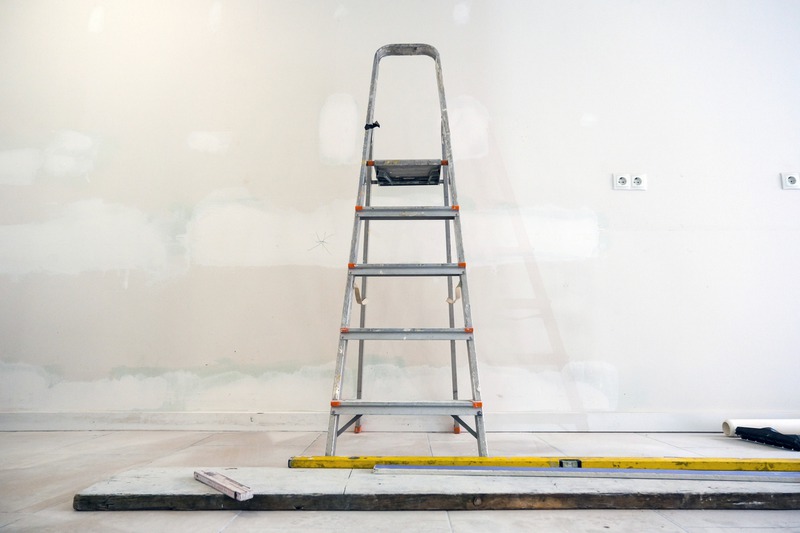Managing resources efficiently in industrial construction projects is a daunting task. The challenges range from tight deadlines to budget constraints. Effective resource management ensures project success and timeline adherence. Let’s delve into strategies that can help streamline your efforts in optimizing resource management for industrial construction projects.
Resource Management Challenges
One major pain point is the complexity of coordinating various resources. Labor, materials, and equipment need to be managed meticulously. Mismanagement can lead to delays and cost overruns. Additionally, unforeseen circumstances like weather or supplier issues can throw off your meticulously planned schedules.
Key Steps in Resource Optimization
1. Planning and Scheduling
Effective planning is critical. Begin with a detailed project plan that includes timelines, resource requirements, and potential risks. Utilize Gantt charts and project management software for better visualization and adjustments.
2. Efficient Allocation
Allocate resources based on skillsets, availability, and project phases. Ensure that high-priority tasks have the necessary resources to avoid bottlenecks. This will help maintain a steady workflow and meet deadlines more efficiently.
Technology in Resource Management
Technology plays a crucial role in optimizing resource management. Various tools and software are available to assist in real-time tracking and adjustments. These technologies can provide predictive analytics to foresee possible resource constraints and suggest proactive measures to alleviate them.
Advantages of Project Management Tools
Using tools like project management software can significantly alleviate resource management challenges. They allow for:
-
Real-time updates and tracking
-
Efficient communication and documentation
-
Predictive analytics for better forecasting
Material Management Strategies
Critical to any project is the availability and management of materials. Delays in material arrival can halt entire project phases. Adopting just-in-time (JIT) inventory systems can help reduce material waste and space constraints. Additionally, establishing strong relationships with reliable suppliers ensures timely deliveries.
Incorporating design build construction services can streamline many processes. This method integrates design and construction phases, aiding in better resource planning and management. It reduces the need for multiple contractors and ensures smoother project execution. Projects can benefit from single-point accountability, which often results in quicker decision-making and fewer delays.
Labor Management Techniques
Handling labor efficiently is crucial for maintaining project timelines. Effective labor management techniques help ensure that projects run smoothly and meet their deadlines. One strategy is to implement flexible working hours. Allowing team members to choose their working hours can improve morale and productivity.
Another important technique is to cross-train employees to handle multiple tasks. When team members are educated in various roles, it ensures that work continues seamlessly even when there are day-to-day disruptions, such as unexpected absences or a high volume of work.
Effective Labor Strategies
Utilizing labor management software is another key strategy for effective labor management. These tools can help you track the time, productivity, and availability of each team member.
-
Time tracking: Using software to monitor hours worked allows you to analyze patterns and determine how to improve scheduling.
-
Productivity tracking: By assessing individual contributions, you can identify strengths and areas for improvement in your workforce.
-
Availability management: Knowing when each team member is available enables better planning and allocation of tasks.
By incorporating labor management software, you can allocate labor more effectively, ensuring that each team member is contributing optimally to the project. This structured approach maximizes efficiency and helps keep the project on track.
Another effective strategy is to consider design build commercial construction. This approach consolidates design and construction under one contract, fostering greater collaboration and efficiency. Utilizing this method can reduce costs and improve timelines, as design changes can be managed more effectively without disrupting the construction process.
Monitoring and Evaluation
Regular monitoring and evaluation are vital to keeping projects on track. These processes enable project managers to stay informed about progress and make necessary adjustments. By closely observing the project’s direction, teams can better ensure that goals are met and deadlines are adhered to.
Establishing Key Performance Indicators (KPIs)
One of the first steps in effective monitoring is to establish key performance indicators (KPIs). These measurable values help assess efficiency and productivity throughout the project.
-
Defining clear objectives: Ensure that KPIs align with the overall project goals, providing a clear benchmark for measuring success.
-
Tracking progress: Regularly review and update KPIs to observe how well the project is performing against set targets.
Frequent Assessments
Conducting frequent assessments is essential for identifying potential problems before they escalate. These evaluations can take various forms, including:
-
Progress reports: Regularly compile reports detailing the current status of the project to highlight achievements and challenges.
-
Team meetings: Hold check-in meetings to discuss ongoing tasks, share insights, and address any concerns that may arise during the project lifecycle.
Implementing Timely Interventions
When potential issues are identified through monitoring and evaluation, it’s crucial to allow for timely interventions. Acting quickly can help mitigate risks and maintain project momentum.
-
Adjusting plans: If specific KPIs indicate a delay or inefficiency, consider adjusting timelines or reallocating resources to address the issue.
-
Collaborative problem-solving: Engage the team in discussions to develop solutions and enhance both individual and collective performance.
Effective monitoring and evaluation processes are essential for successful project management. By establishing KPIs, conducting frequent assessments, and implementing timely interventions, project teams can identify challenges and leverage opportunities, ensuring that the project stays on course and achieves its intended outcomes.
Regular Audits
Conducting regular audits can uncover hidden inefficiencies in resource management. These audits provide insights into areas that need improvement while validating successful strategies. Being proactive with audits helps in maintaining a continuous cycle of improvement. Monitoring not only helps in immediate project goals but also aids in long-term planning.
Final Thoughts
Optimizing resource management is essential for the success of industrial construction projects. By integrating technology, adopting efficient planning, and considering methods like design build, projects can run more smoothly. Remember, the key lies in proactive management and continuous improvement.


